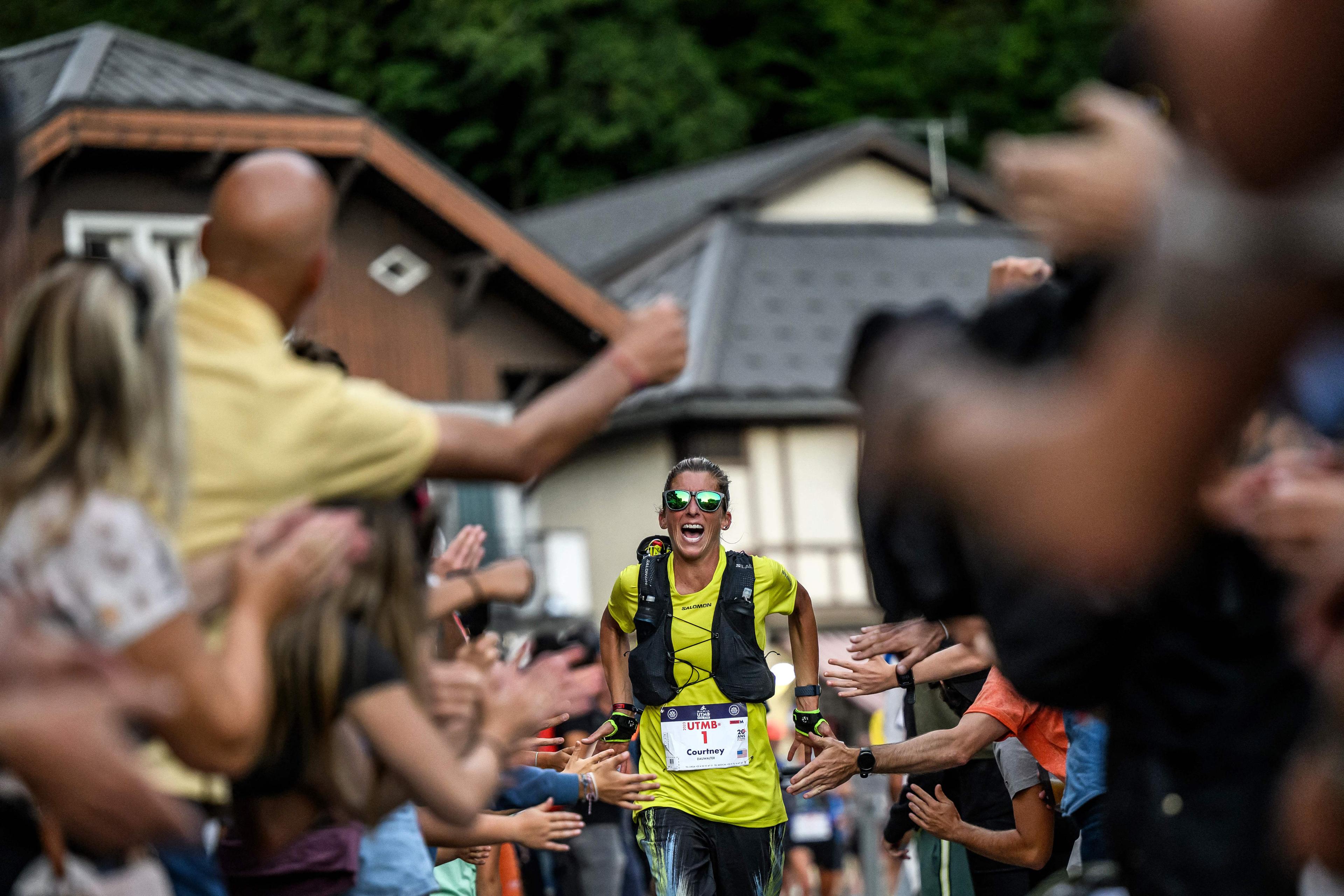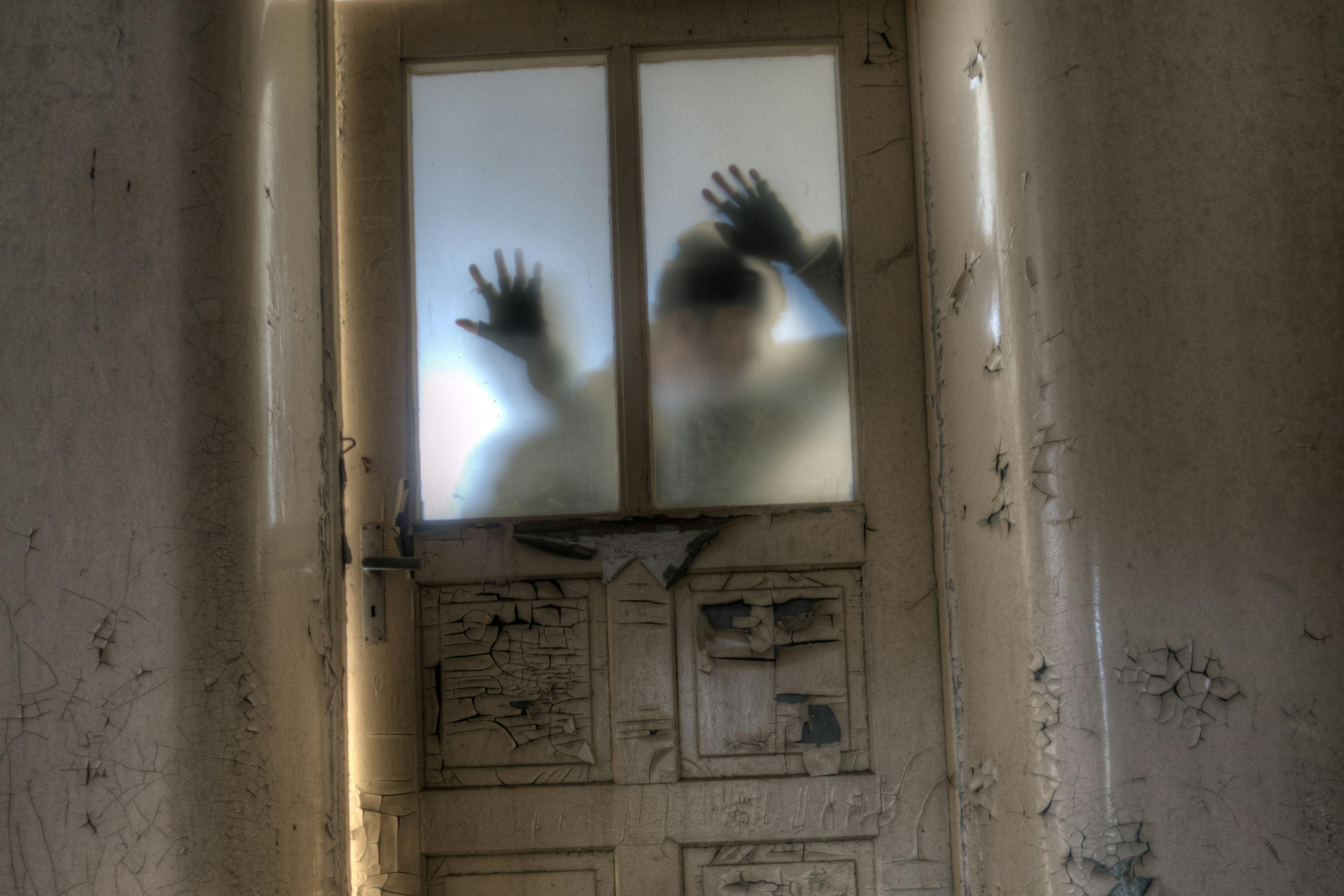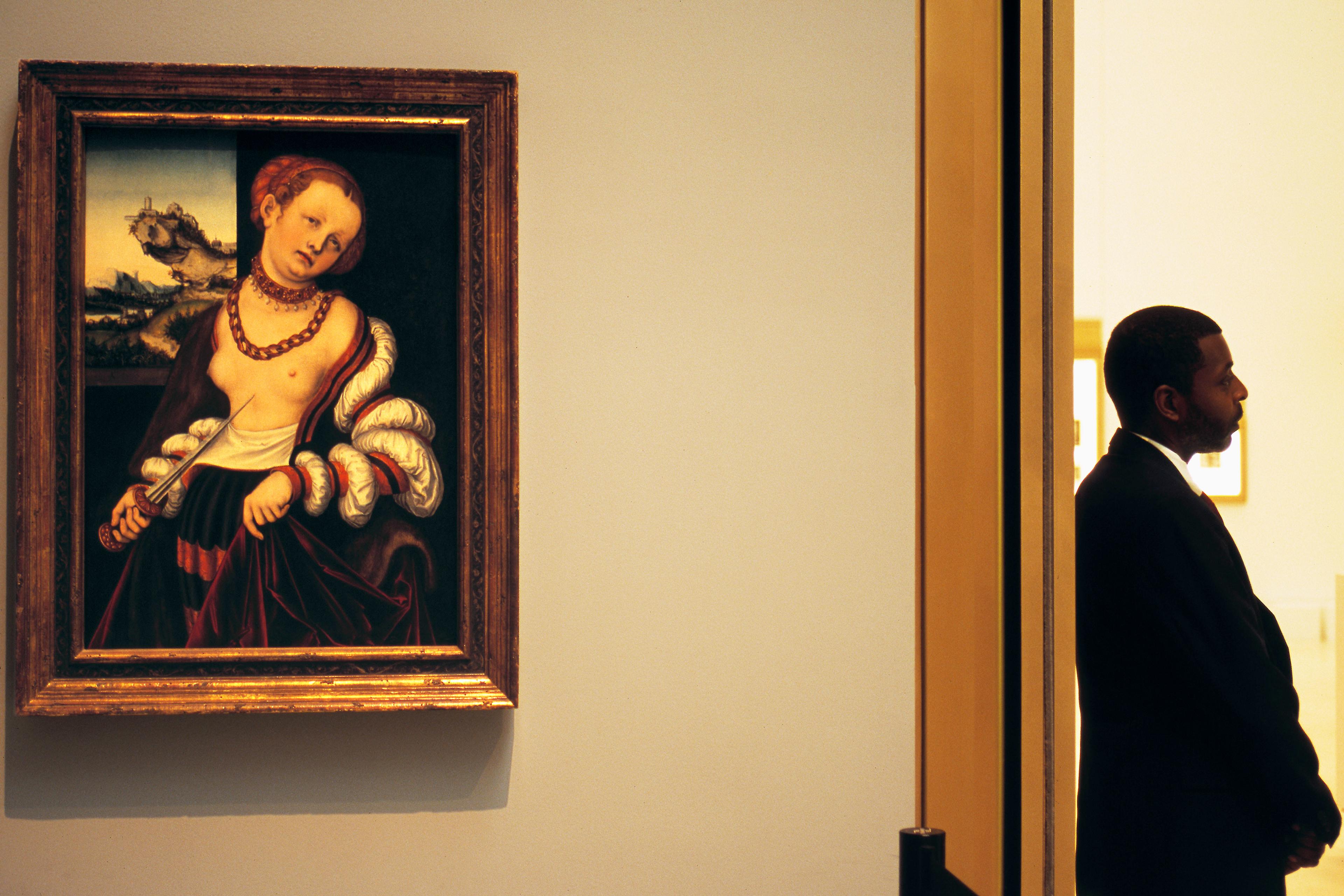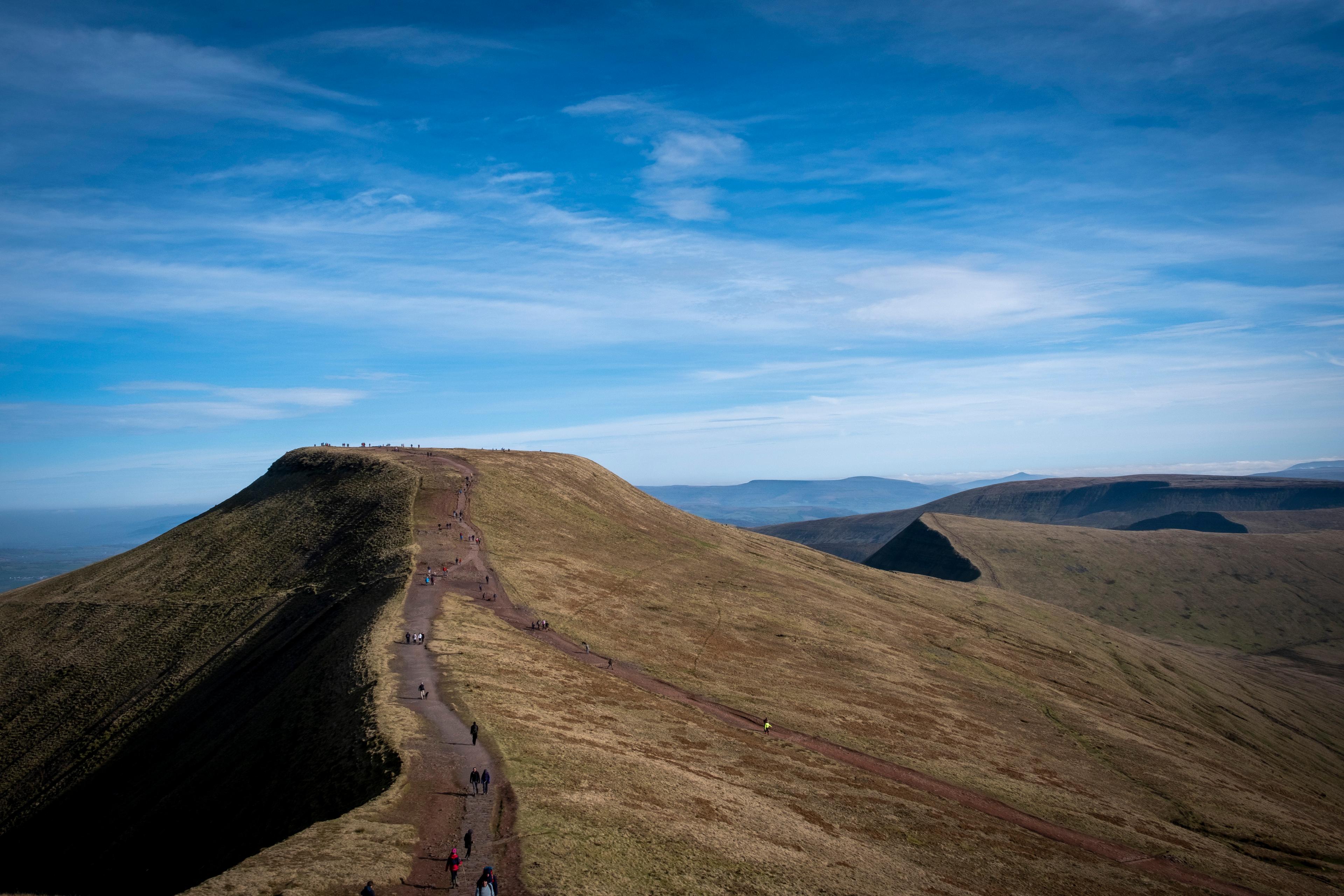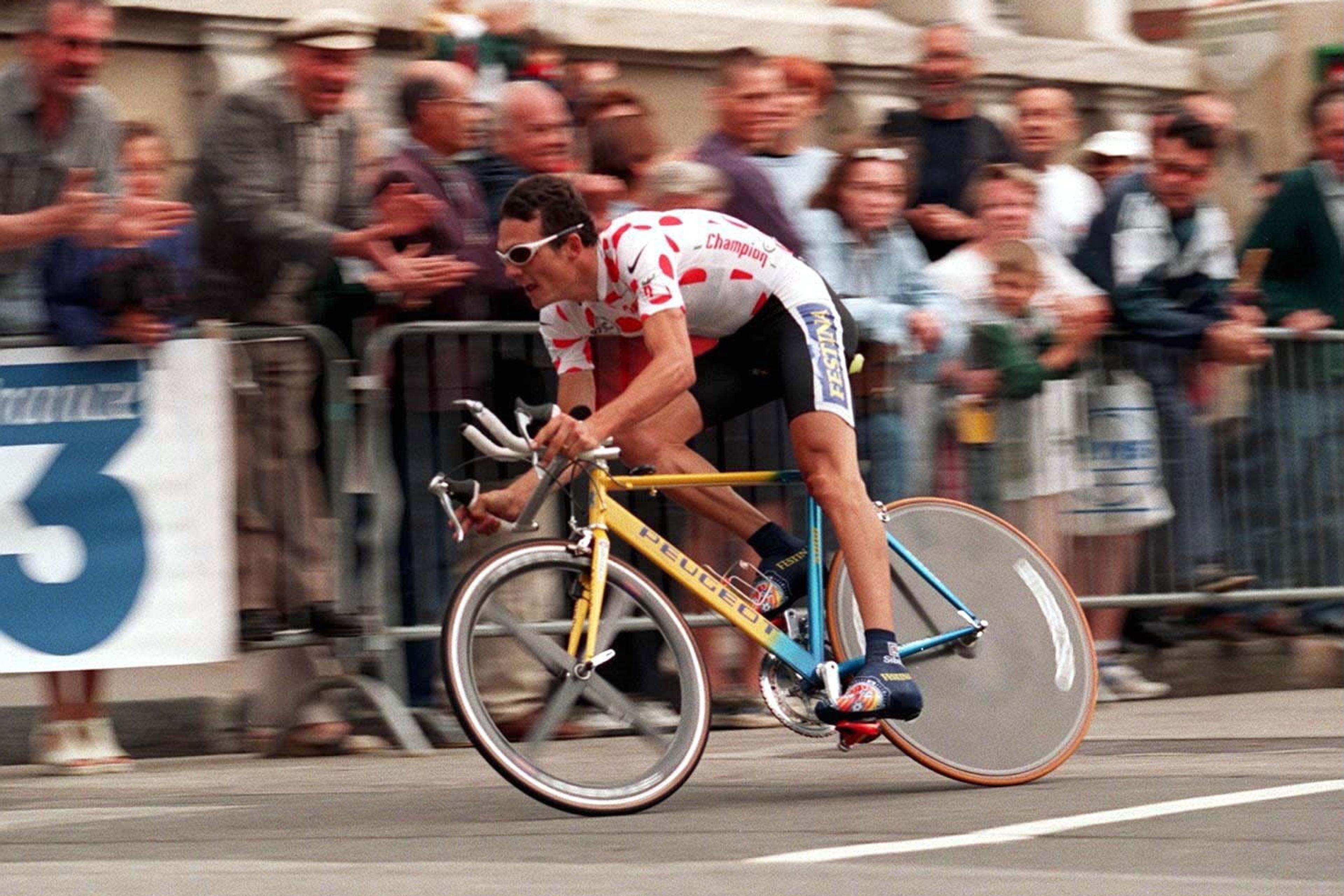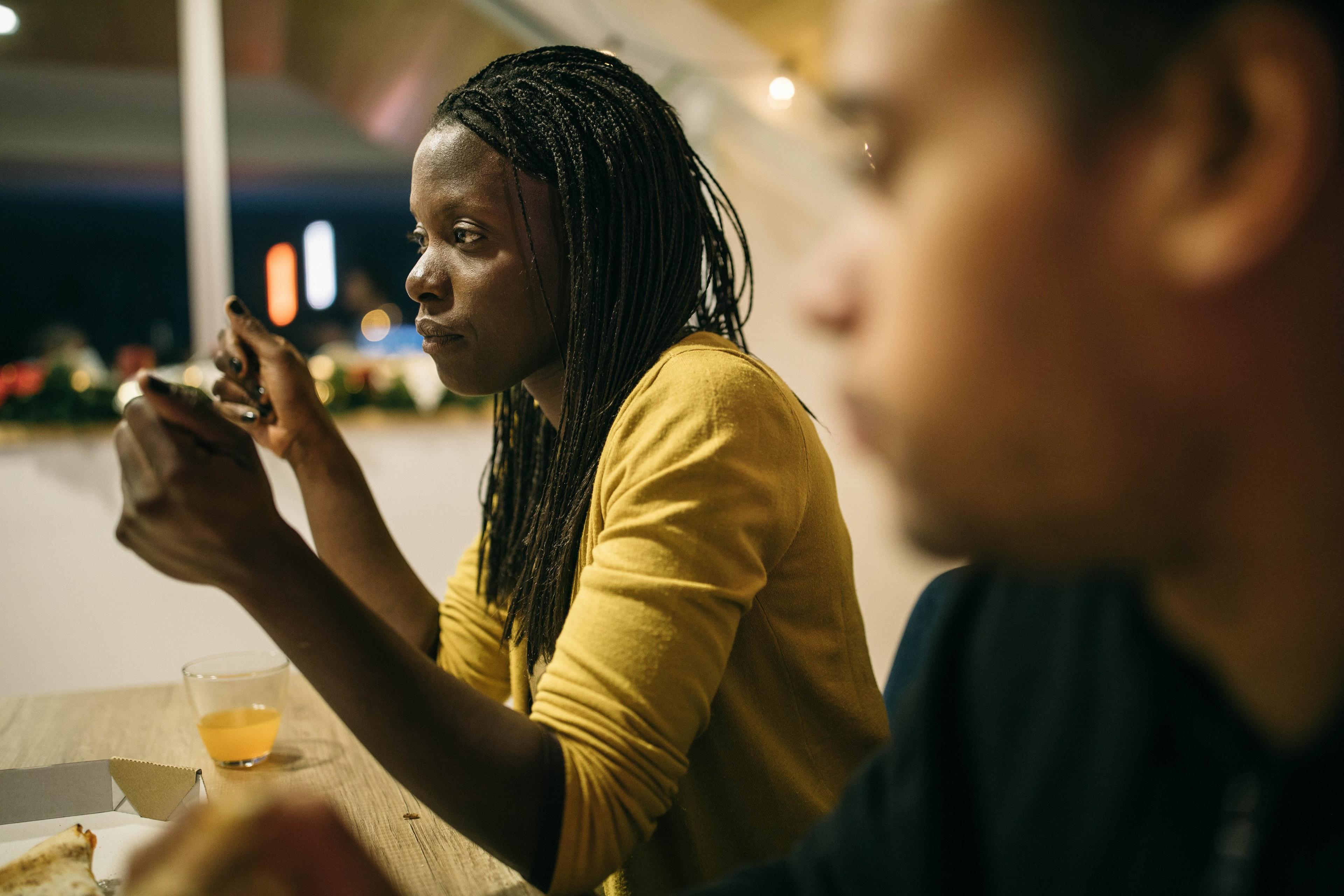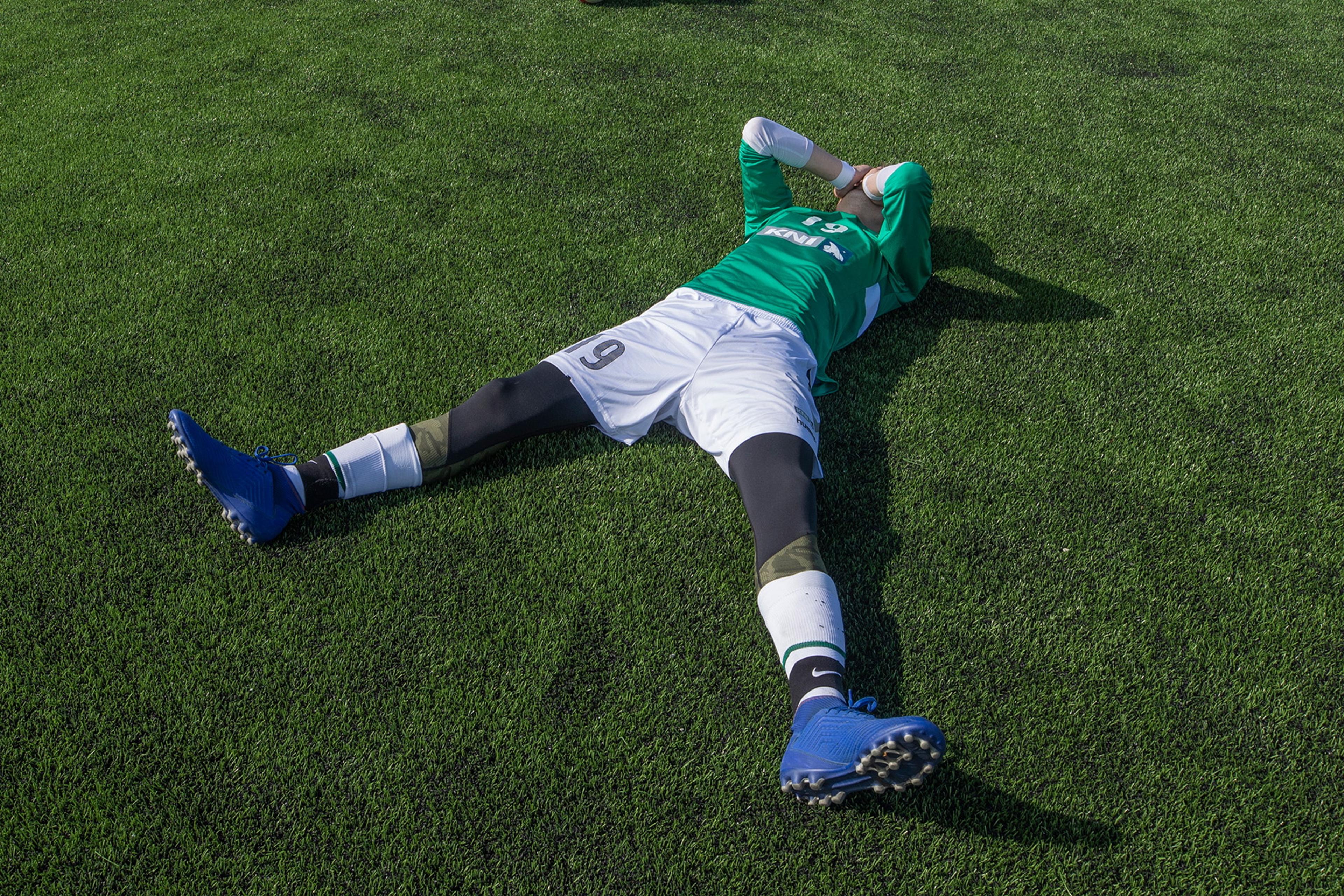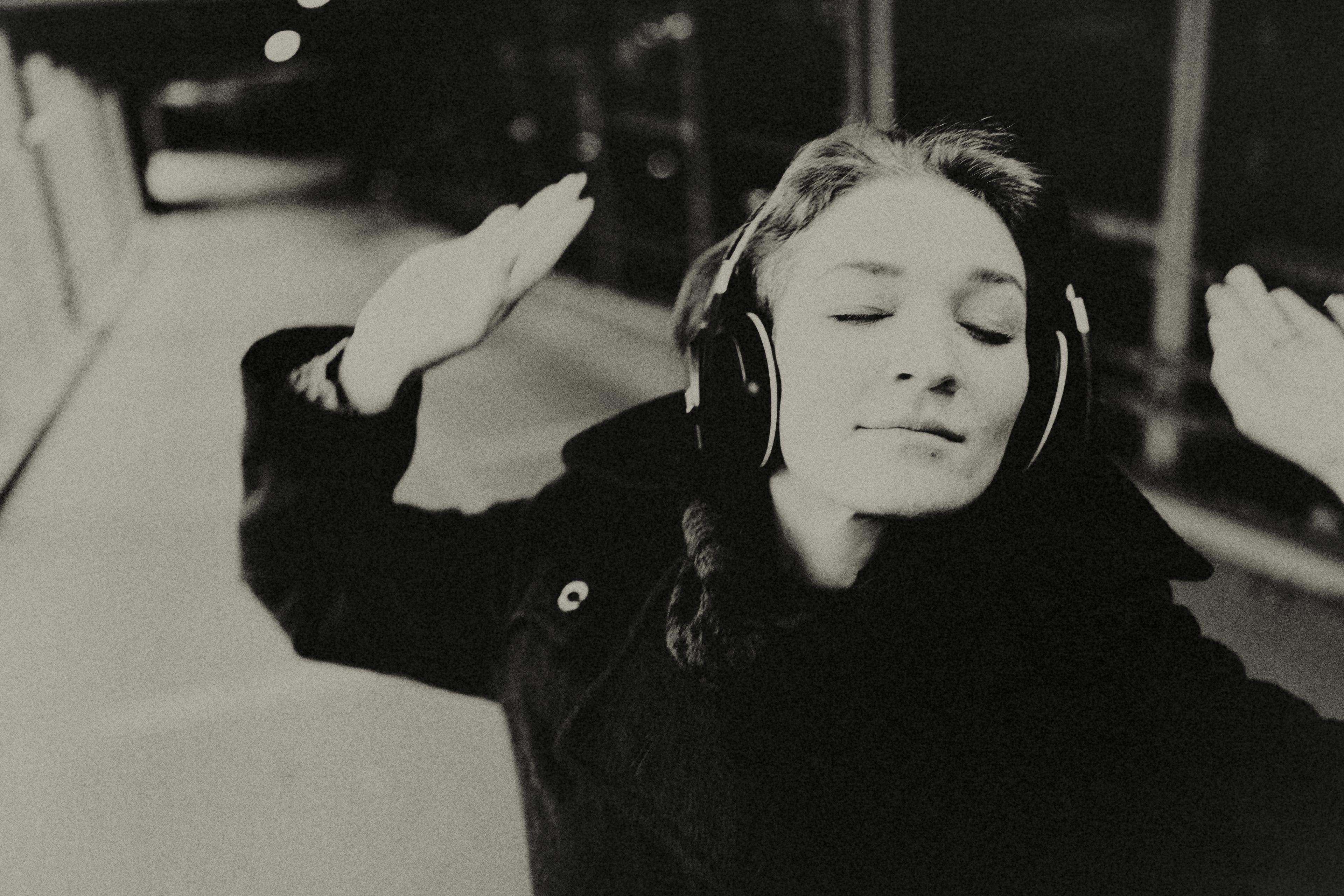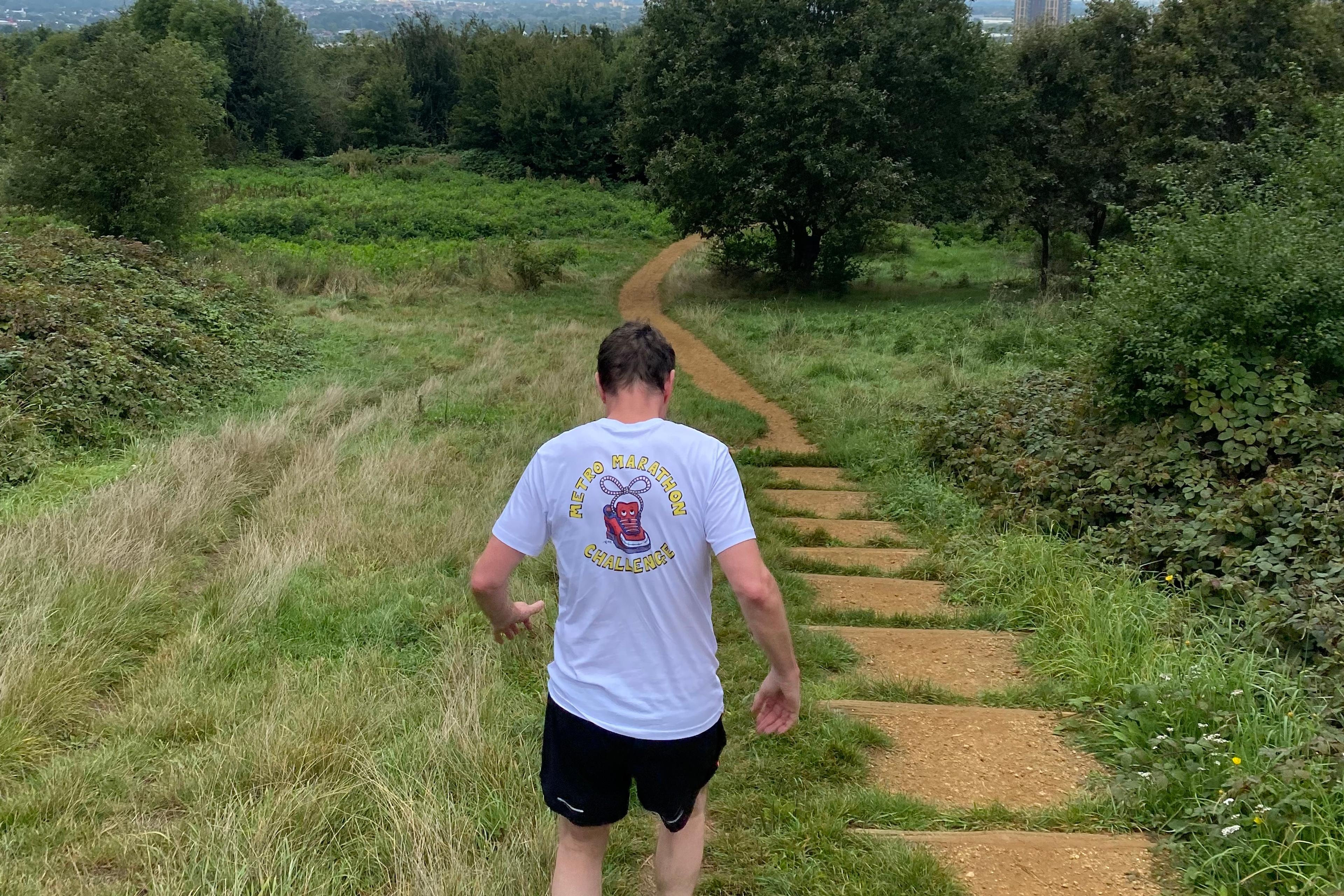Outside work, I run. I love it, mostly – it’s my own form of mindfulness. But aching legs and bleeding toes are inevitable. So I was intrigued to hear the ultrarunner Courtney Dauwalter describe in a recent short film how she overcomes pain during a 100-mile race.
Research suggests that ultrarunners like Dauwalter have a higher pain tolerance than the general population. Perhaps their bodies are different, but it also appears to be mental. Dauwalter describes how her mind helps her push through pain. After hours on her feet, she explains, she enters her ‘pain cave’: a place where only mental grit is left.
What particularly struck me was Dauwalter’s approach when inside the cave. Initially, her instinct was to leave. Indeed, she quit her first 100-miler. But now she applies curiosity instead: she explores the cave’s walls, and expands them. ‘I put on my hard hat, I grab a chisel and I imagine going into the very back corners of that cave and just digging into the work,’ she says. ‘Each time I go in the cave, it’s getting bigger for the next visit.’
I find that helpful. Now, when running gets uncomfortable, I remind myself I’ve felt similar before, and survived. Through this, I’m reaching ever-longer distances, curious about how far I can go.
I’m reminded of an observation the novelist Haruki Murakami makes in his memoir What I Talk About When I Talk About Running (2007) – ‘Say you’re running and you start to think, Man this hurts, I can’t take it anymore. The hurt part is an unavoidable reality, but whether or not you can stand any more is up to the runner himself.’
You don’t need to run to find insight from these runners. In life, we all spend some time in our own personal pain caves, especially when stretching ourselves. Pain is unavoidable. The good news is that our tolerance can rise.
